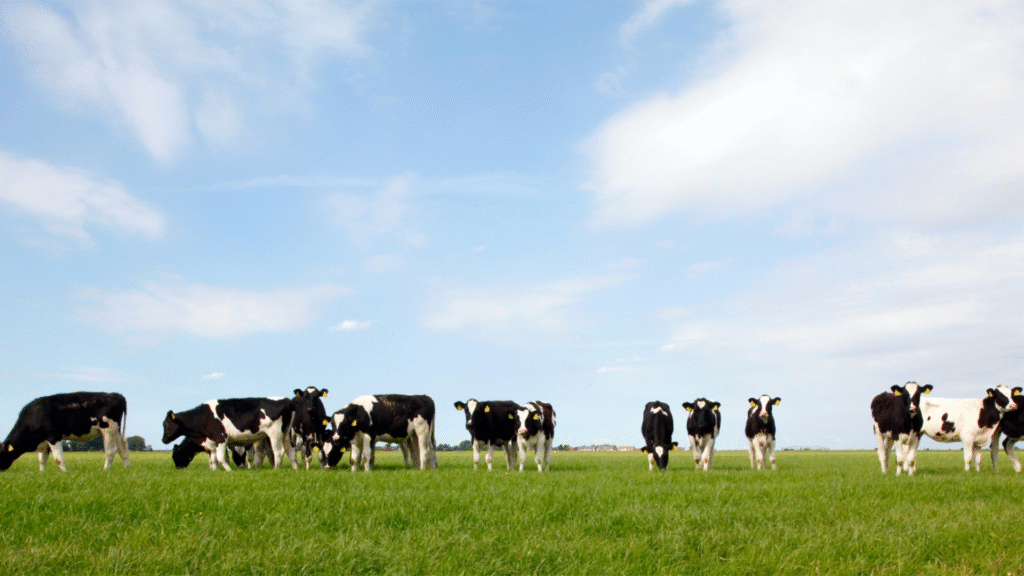What is Mastitis and Why Does it Matter?

Mastitis is one of the most common and costly diseases in dairy farming. It is an inflammation of the udder tissue that reduces both milk yield and milk quality. For dairy farmers, mastitis is more than a health problem – it represents a serious economic burden and a challenge to animal welfare.
Mastitis occurs when bacteria enter the udder, usually through the teat canal. After milking, the canal remains open for several hours, creating a window of risk for infection. Once the udder is infected, cows often show decreased milk production and changes in milk composition. In severe cases, mastitis can lead to premature culling of animals.
The disease also directly affects milk quality. A key indicator of udder health is the somatic cell count (SCC). Healthy milk contains fewer than 200,000 cells per milliliter, while mastitis can raise SCC levels above the EU legal limit of 400,000 cells/ml. High SCC not only lowers processing value but can also make the milk unsuitable for sale.
From an economic perspective, mastitis causes losses of €1.5–2 billion annually in the EU dairy sector. On average, this translates to about €185 per cow each year. The largest share of this cost comes from discarded milk and reduced milk yield, followed by veterinary treatment and antibiotic use.
Because of these challenges, mastitis prevention has become a top priority in modern dairy farming. Effective hygiene, post-milking teat disinfection, and innovative technologies are critical for protecting both udder health and farm profitability.
References
Journal of Dairy Research (2021). Economic impact of mastitis in the EU dairy sector.
Archives of Animal Breeding (2020). Somatic cell count and milk quality standards.
CORDIS EU Reports (2020). Mastitis prevalence and cost per cow in European dairy farms.
Leibniz Institute for Farm Animal Biology. Clinical and subclinical mastitis studies.



